Dr. John Lloyd, Research Director of Brains, Inc. announced today that football head injuries and concussions can be reduced up to 50 percent with their new helmet technology.
Tampa, FL – John Lloyd PhD, Research Director of Brains, Inc. announced their latest breakthrough in football helmet safety today. The unique new helmet technology promises to provide up to 50 percent more protection against football head injuries and concussions. The helmet technology has wide application and can be used in every kind of helmet from baby helmets to military helmets, and for all athletes at risk of concussion and head injuries such as football players, cyclists, skiers, snowboarders, skateboarders, hockey players, baseball players, lacrosse players, boxers, soccer players, equestrian / horse-riding sports, such as polo and horse racing, as well as motorcycle and race car drivers.
Recent medical research documents found that concussions and cumulative head impacts can lead to lifelong neurological consequences such as chronic traumatic encephalopathy, a degenerative brain disease known as CTE and early Alzheimer’s.
The U.S. Centers for Disease Control and Prevention, estimates 1.6 – 3.8 million sport-related brain injuries annually in the United States. Of these 300,000 are attributed to youth football players, some of whom die from their injuries every year – a tragedy difficult for their mothers and families to recover from. The severity of the issue touching both the nation’s youth and professional athletes has led to thousands of lawsuits and Congressional Hearings. Growing concern has spread to the White House where President Obama recently spoke at the Healthy Kids and Safe Sports Concussion Summit.
The BRAINS research team, led by renowned brain injury expert, Dr. John Lloyd, has worked for years on their project to help make sports safer. A controversial subject, some opponents have stated that concussion prevention is impossible. Dedicated to saving lives and preserving brain health, Dr. Lloyd and team persevered with their work leading to this new innovation. “Our results show that forces associated with concussion and brain injury are reduced more than 50% compared to similar testing with a leading football helmet,” said Dr. John Lloyd, Research Director. Results of our prototype helmet technology compared to the Riddell Revolution Speed varsity helmet are presented below:  “The patent-pending matrix of non-Newtonian materials will not only benefit football, but can be utilized in all sports helmets as well as military, motorcycle and even baby helmets to improve protection and dramatically reduce the risk of brain injuries,” reported Dr. Lloyd. The materials are inexpensive, and produce a helmet that is considerably lighter and more comfortable than a traditional helmet. Two additional applications of this new safety technology include medical flooring especially in hospitals and nursing homes or child play areas , as well as vehicle interiors.
“The patent-pending matrix of non-Newtonian materials will not only benefit football, but can be utilized in all sports helmets as well as military, motorcycle and even baby helmets to improve protection and dramatically reduce the risk of brain injuries,” reported Dr. Lloyd. The materials are inexpensive, and produce a helmet that is considerably lighter and more comfortable than a traditional helmet. Two additional applications of this new safety technology include medical flooring especially in hospitals and nursing homes or child play areas , as well as vehicle interiors.
Testing Methods: A modification to the NOCSAE standard test apparatus has been developed and validated for impact testing of protective headwear to include measurement of both linear and angular kinematics . This apparatus consists of a twin wire fall test system equipped with a drop arm that incorporates a 50th percentile Hybrid III head and neck assembly from HumaneticsATD. The aluminum flyarm runs on Teflon sleeves through parallel braided stainless steel wires, which are attached to mounting points in the building structure and anchored into the concrete foundation. The anvil onto which the head drop systems impacts consists of a 350mm x 350mm steel based plate. Both the Riddell Revolution Speed varsity football helmet and prototype helmet were dropped from a height 2.0 meters onto a flat steel anvil, in accordance with ASTM standards, generating an impact velocity of 6.2 m/s (13.9 mph). The following slow motion videos show testing on an unhelmeted head and prototype using this apparatus
Instrumentation: A triaxial accelerometer from PCB Piezotronics (Depew, NY) and three DTS-ARS Pro 18k angular rate sensors (Diversified Technical Systems, Seal Beach, CA) affixed to a triaxial block were installed at the center of mass of the Hybrid III head form (HumaneticsATD, Plymouth, MI). Data from the accelerometer and angular rate sensors were acquired using National Instruments (Austin, TX) compact DAQ hardware.
Analysis: In accordance with SAE J211, data from the analog sensors were acquired at 10,000 Hz, per channel, using LabView (National Instruments, Austin, TX), then filtered in Matlab (The Mathworks, Natick, MA) using a phaseless 4th order Butterworth filter with a cut off frequency of 1650Hz. Angular acceleration measures were derived from the angular velocity data based on a 5-point least squares quartic equation.
About Lloyd Industries, Inc.
Lloyd Industries, Inc., located in San Antonio, Florida, is a research and development company focused on the biomechanics of brain injuries. The company was founded in 2004 by John D. Lloyd Bio, Ph.D., CPE, CBIS, Board Certified Ergonomist and Certified Brain Injury Specialist. He has also provided expert witness services nationwide for over 20 years in the fields of biomechanics, ergonomics and human factors, specializing in the biomechanics of brain injury, including sport and motorcycle helmet cases, slips and falls, motor vehicle accidents and pediatric head trauma. Lloyd Industries is open to licensing with manufacturers to bring this much-needed technology to market for the protection of sports participants and athletes of all ages. For additional information call 813-624-8986.

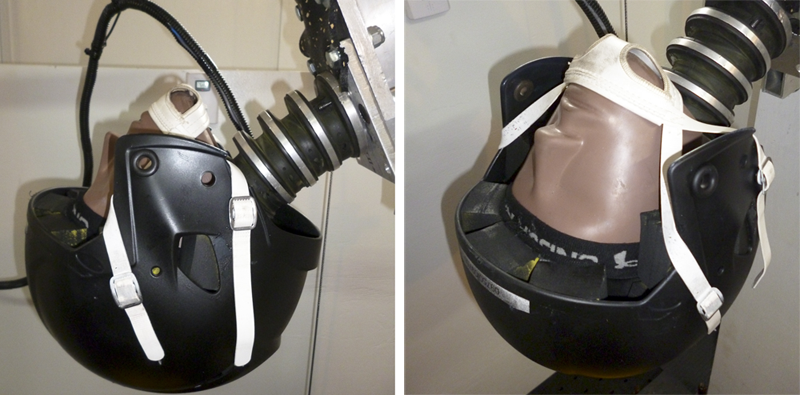
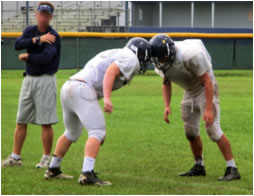
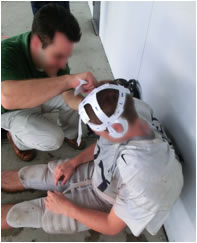

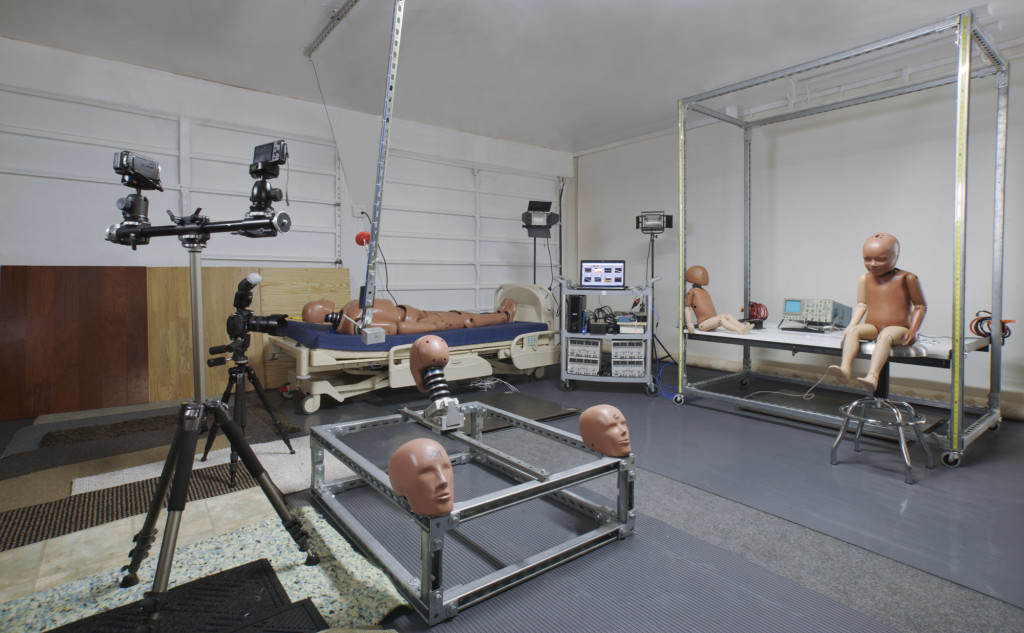




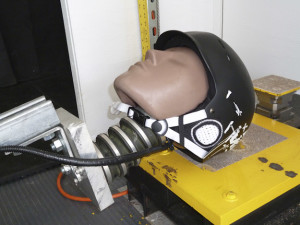
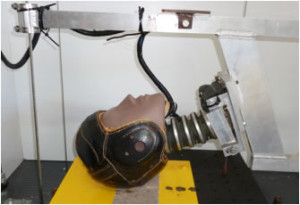
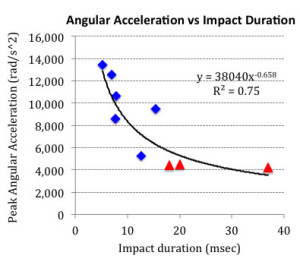 By design, helmets reduce impact force by increasing the impact duration. But, as demonstrated by
By design, helmets reduce impact force by increasing the impact duration. But, as demonstrated by 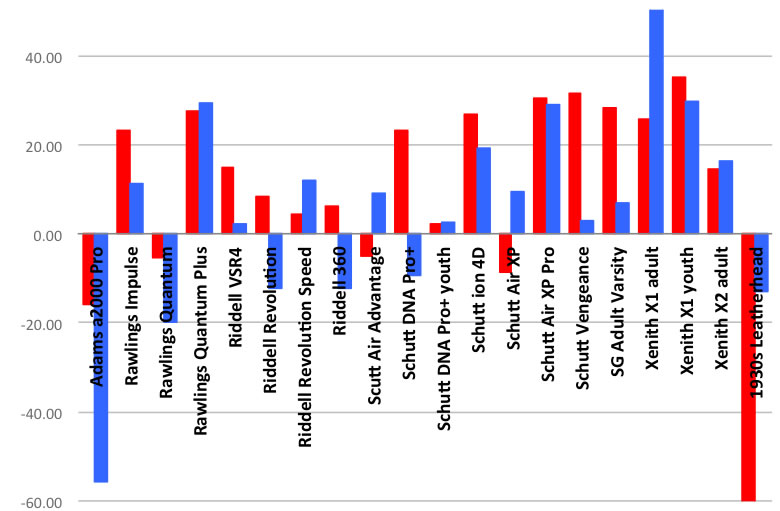


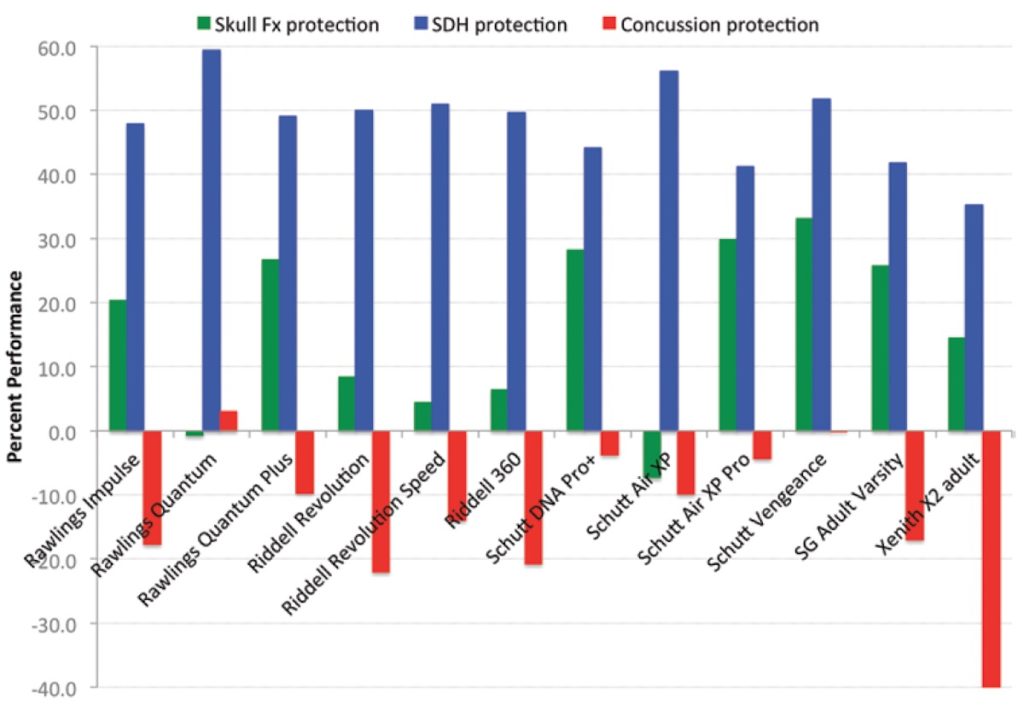
 Current motorcycle helmet testing standards do not incorporate measures of angular acceleration and therefore fail to assess whether helmets offer protection against catastrophic brain injuries. The omission of this critical measure is reflected epidemiologically in the disproportion of closed head injuries in fatal motorcycle accidents.
Current motorcycle helmet testing standards do not incorporate measures of angular acceleration and therefore fail to assess whether helmets offer protection against catastrophic brain injuries. The omission of this critical measure is reflected epidemiologically in the disproportion of closed head injuries in fatal motorcycle accidents.